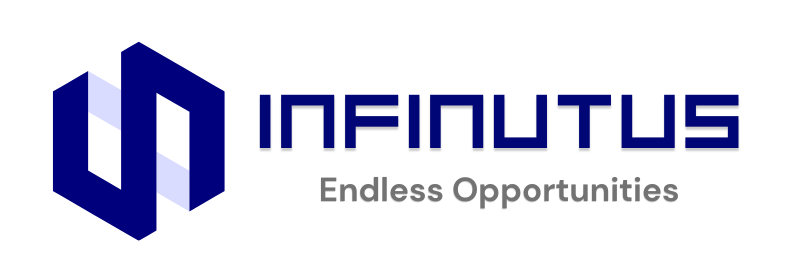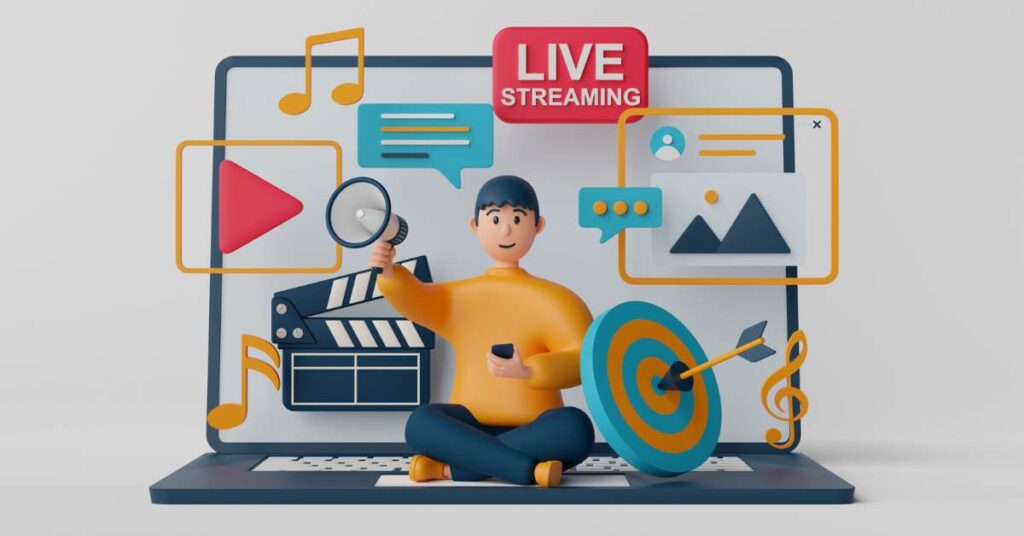
Which Social Media Pays the Most in 2023?
In the fast-paced world of digital marketing, where social media platforms are at the forefront of brand promotion, one burning question lingers in the minds of marketers and content creators alike: “Which social media pays the most?” In this comprehensive guide, we will delve into the depths of various social media platforms, exploring their earning potential and shedding light on strategies to maximize your income.




